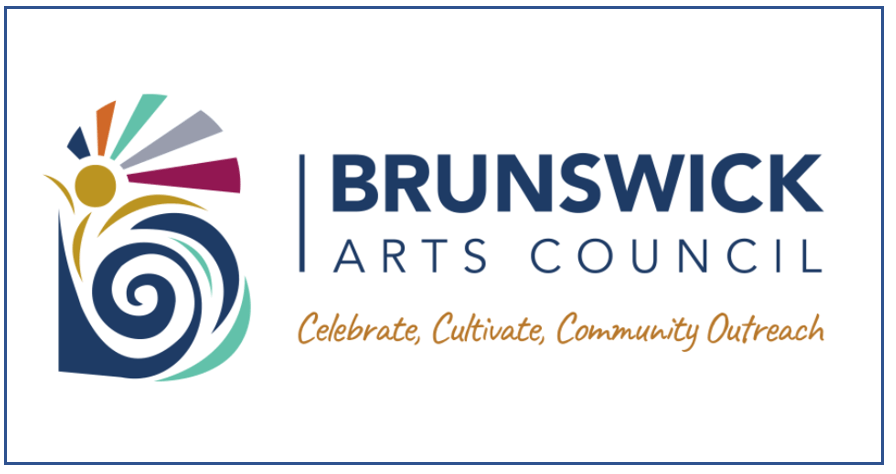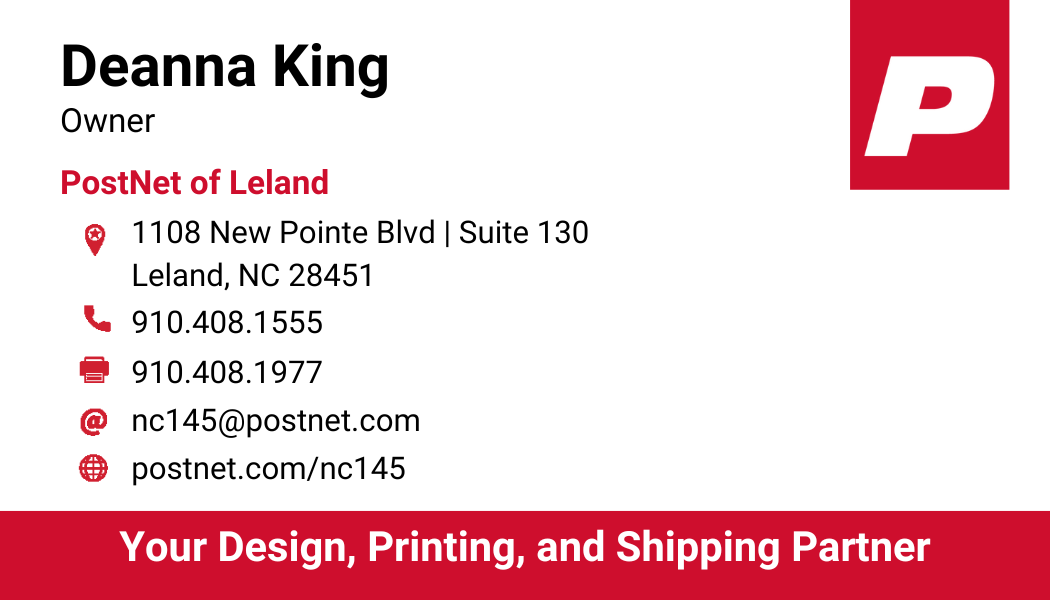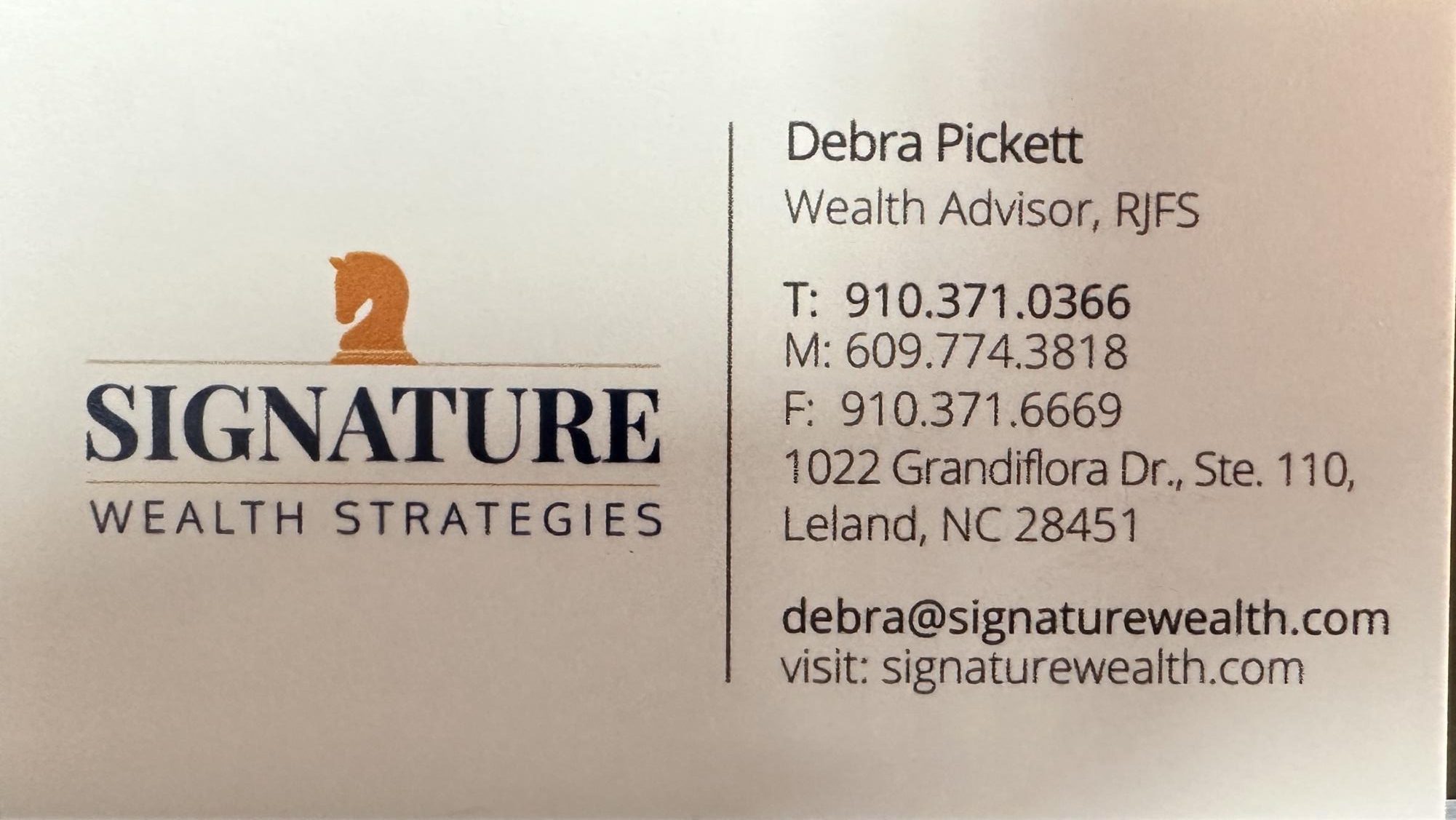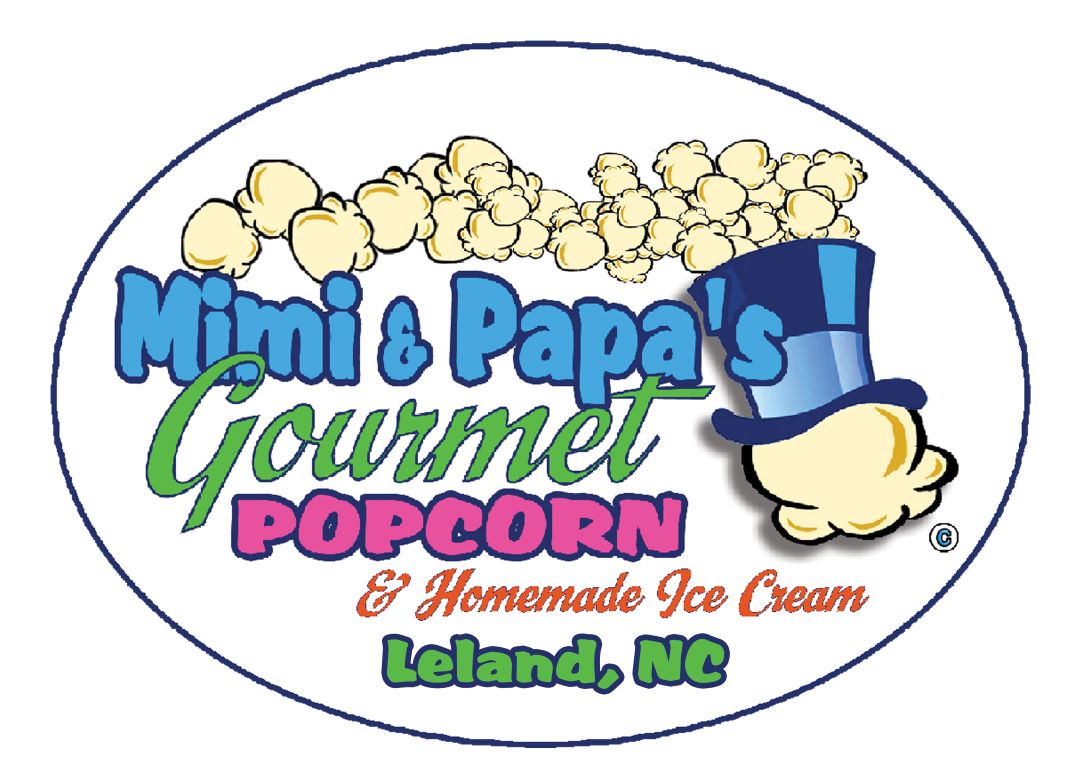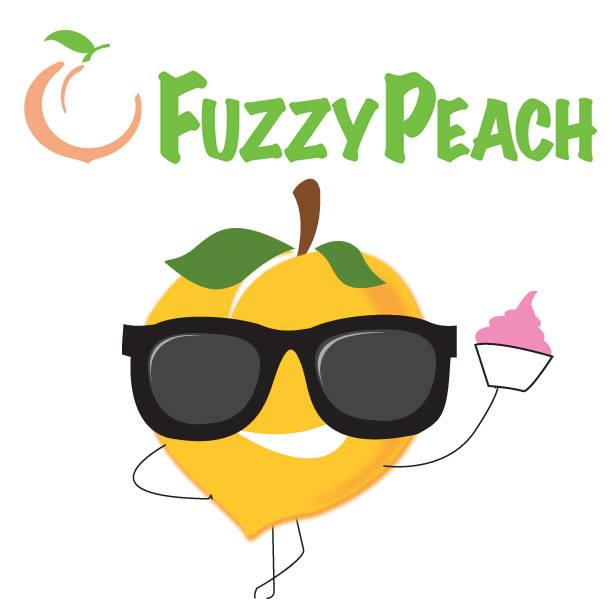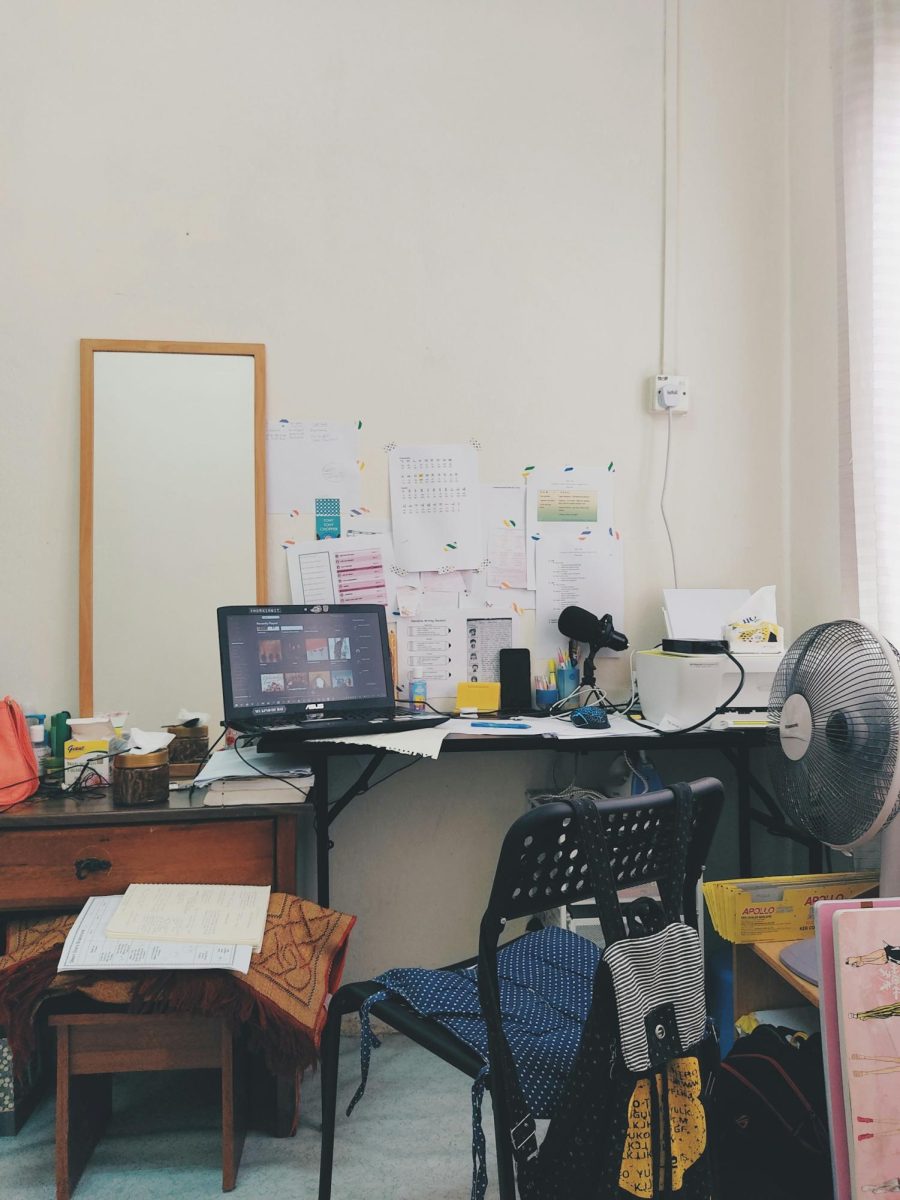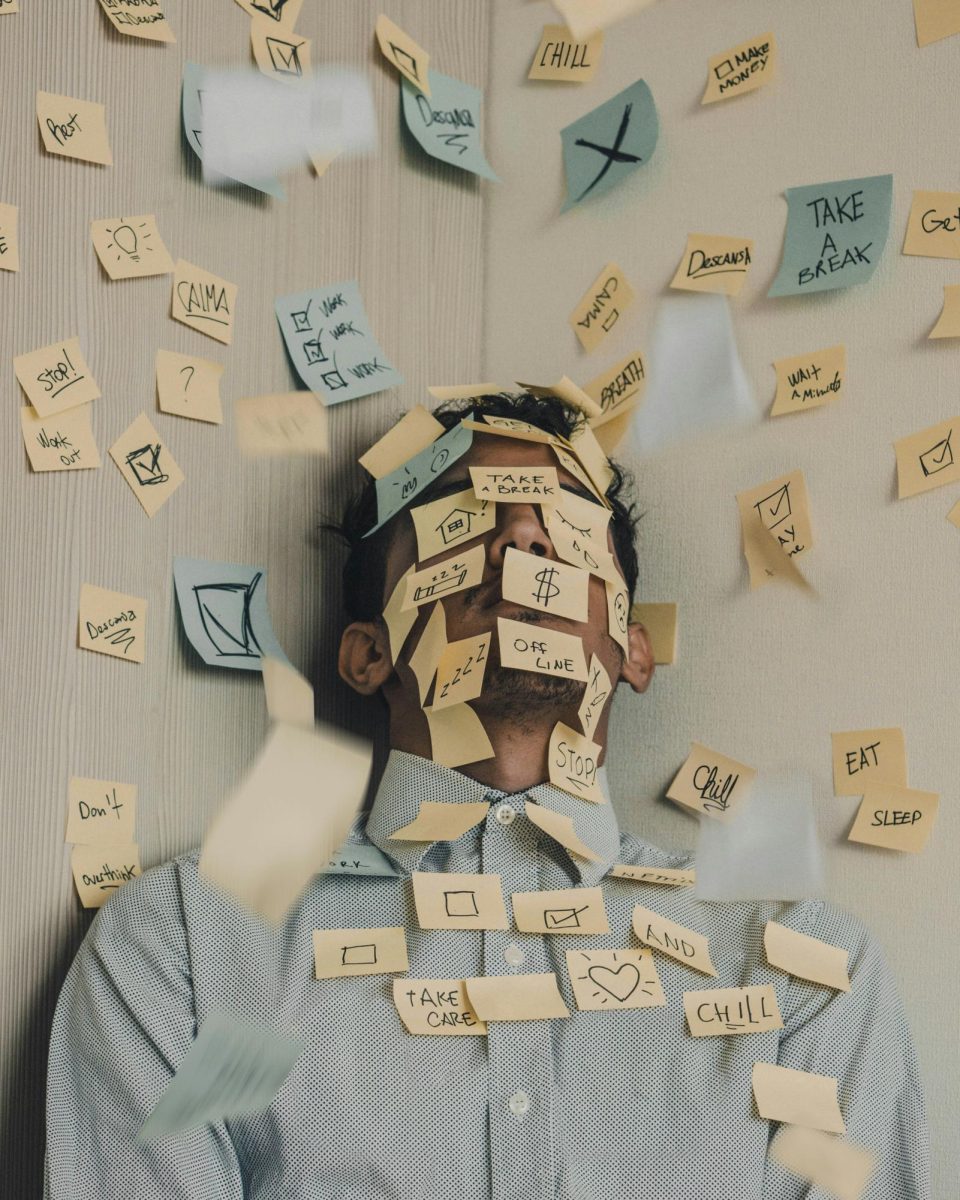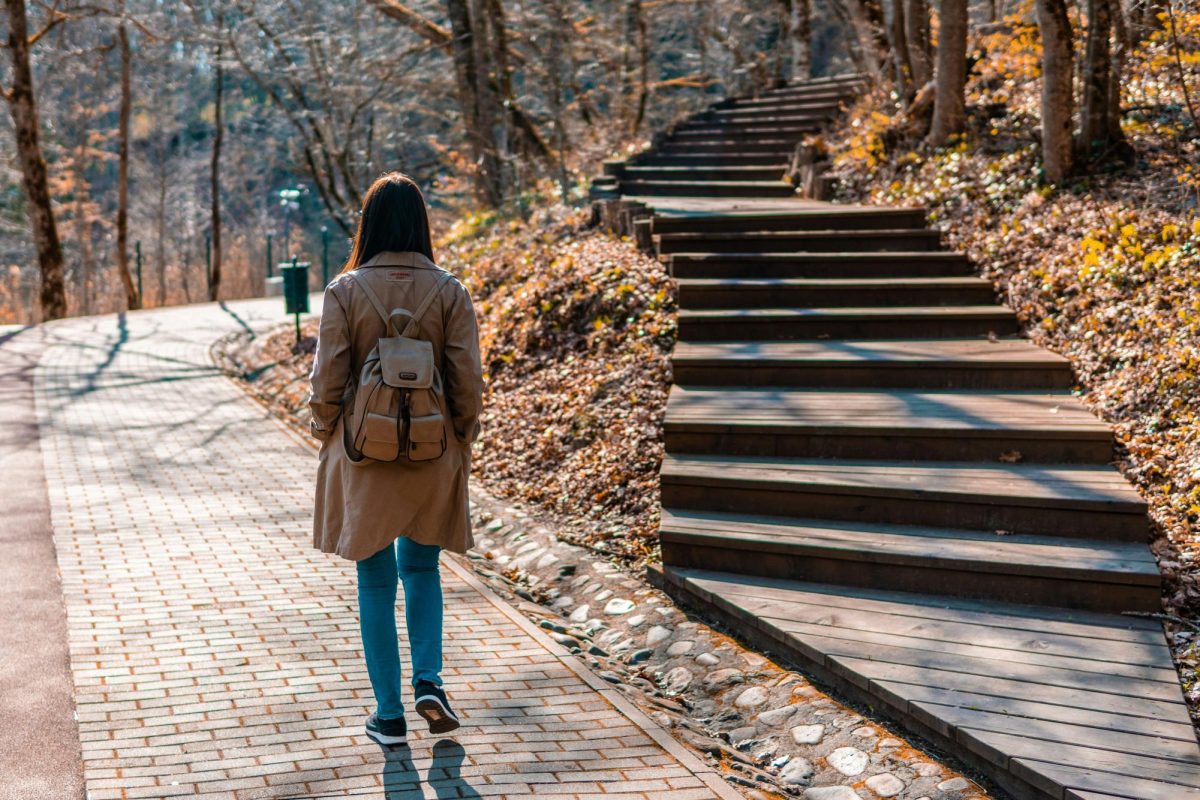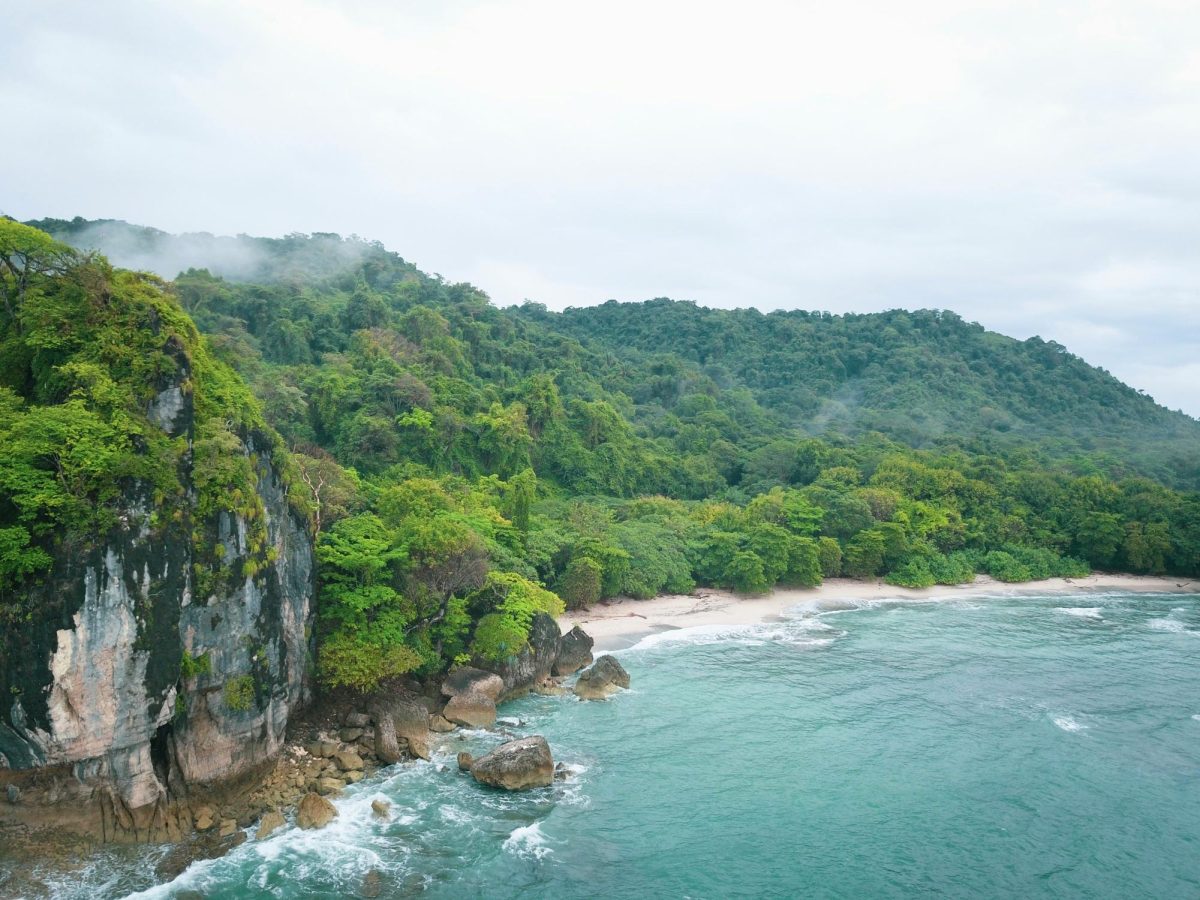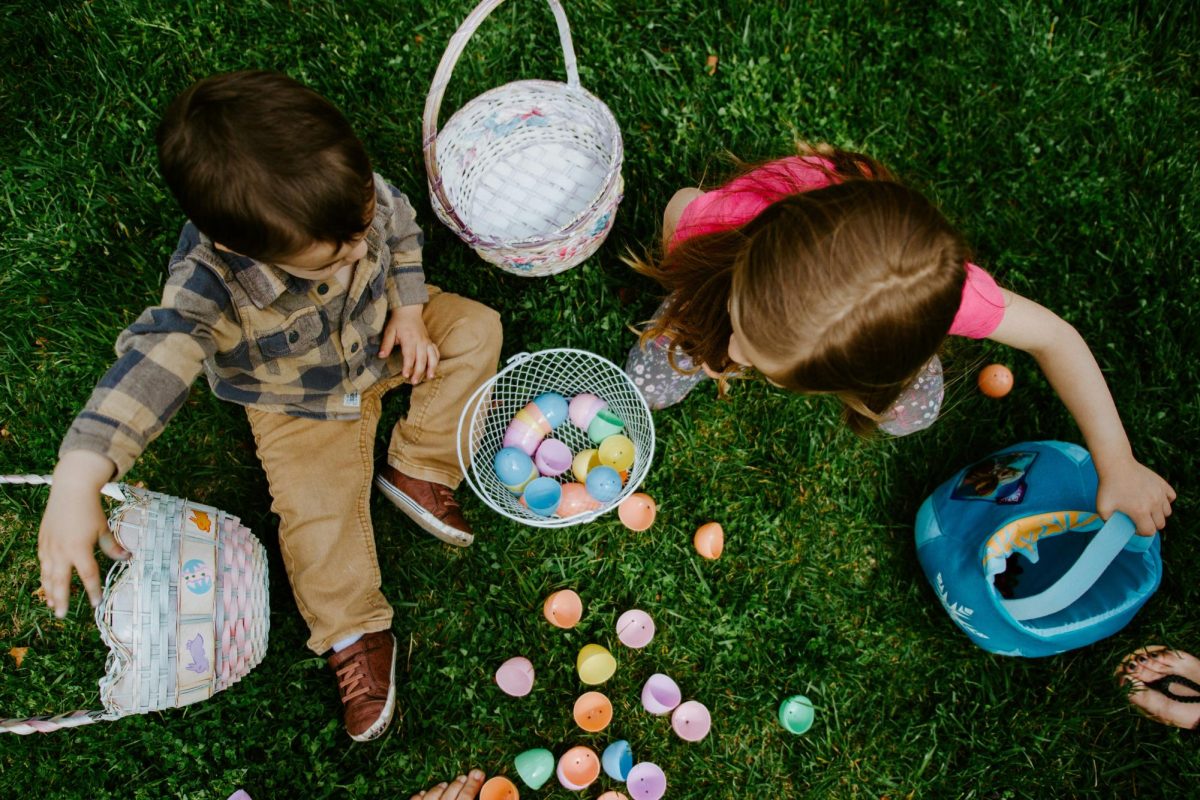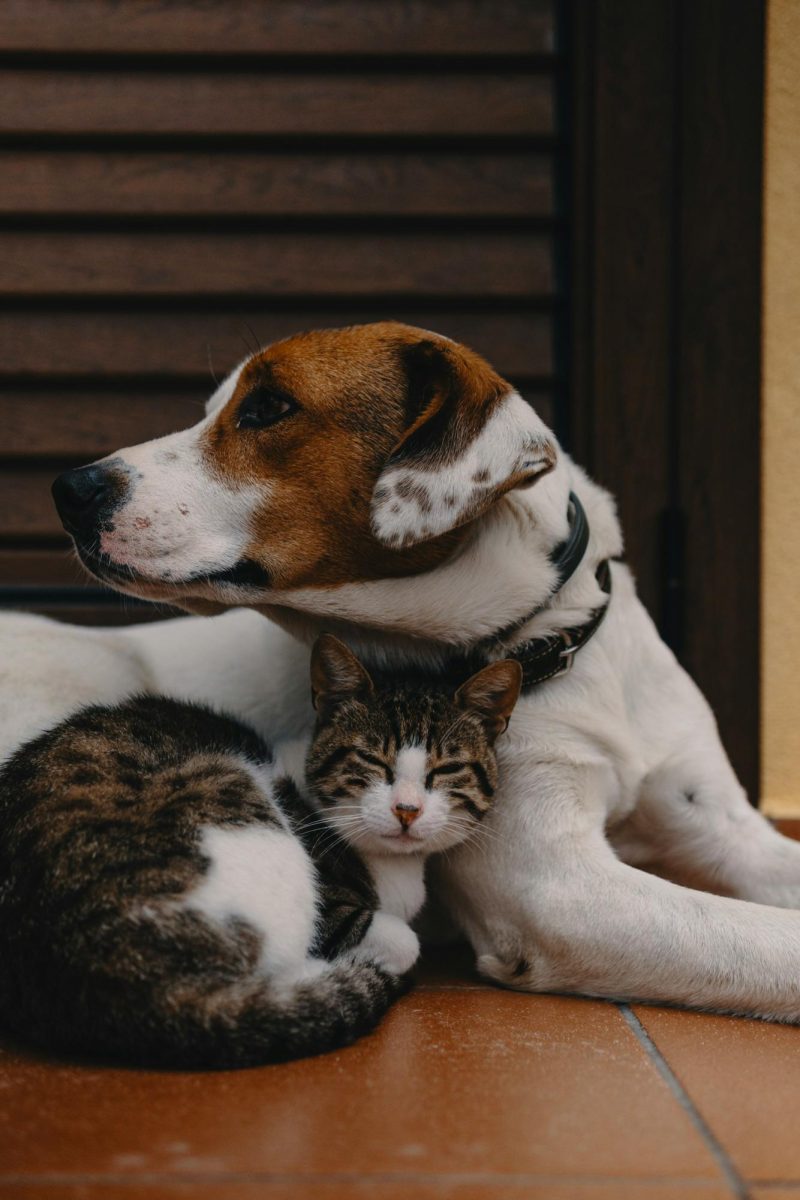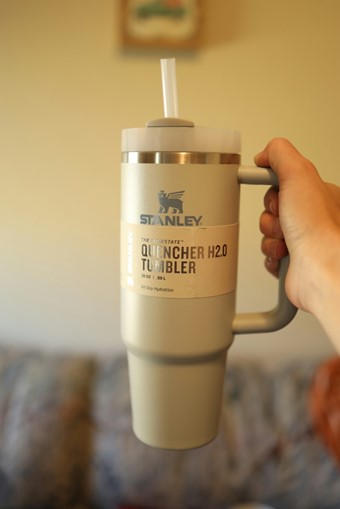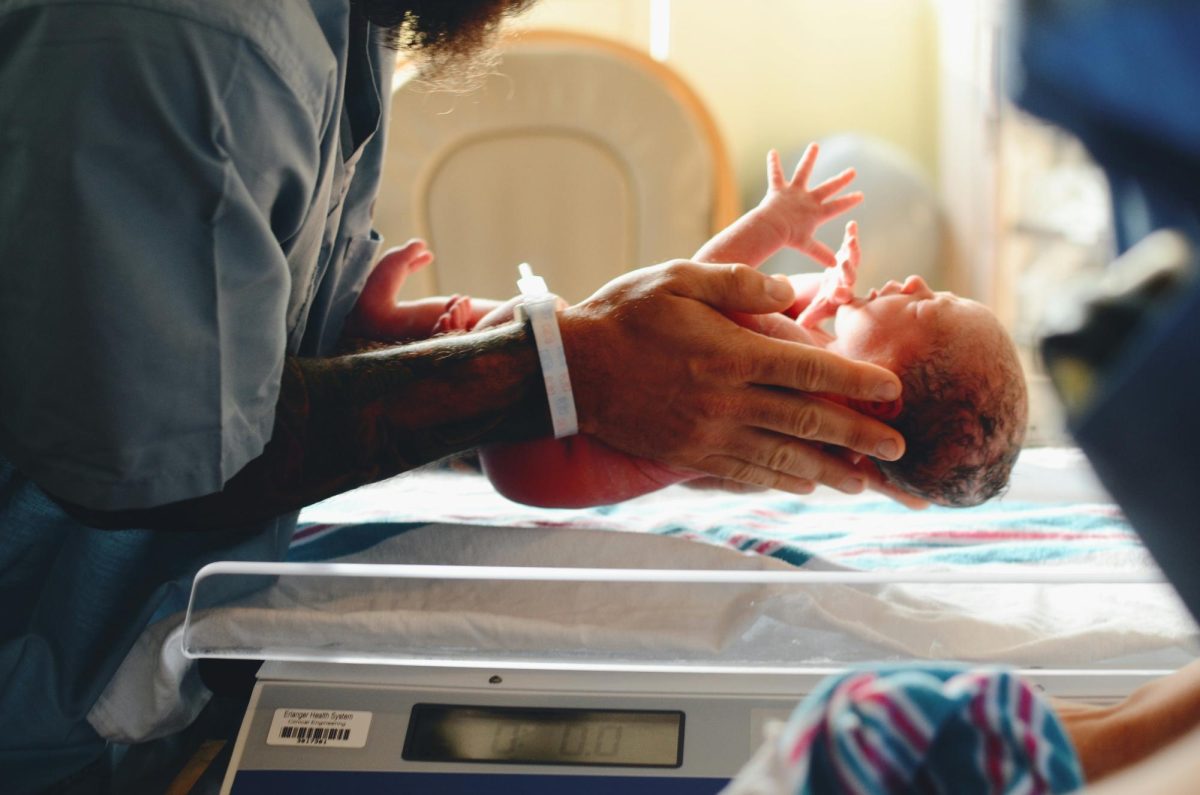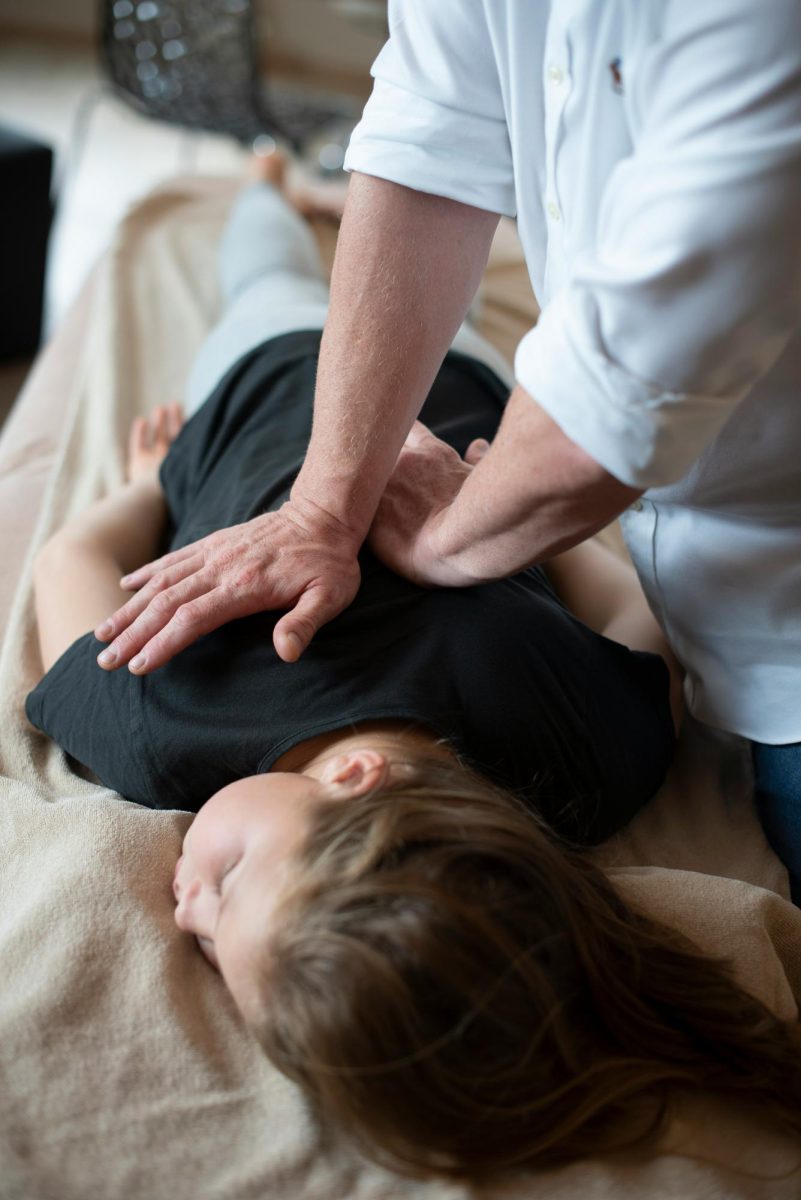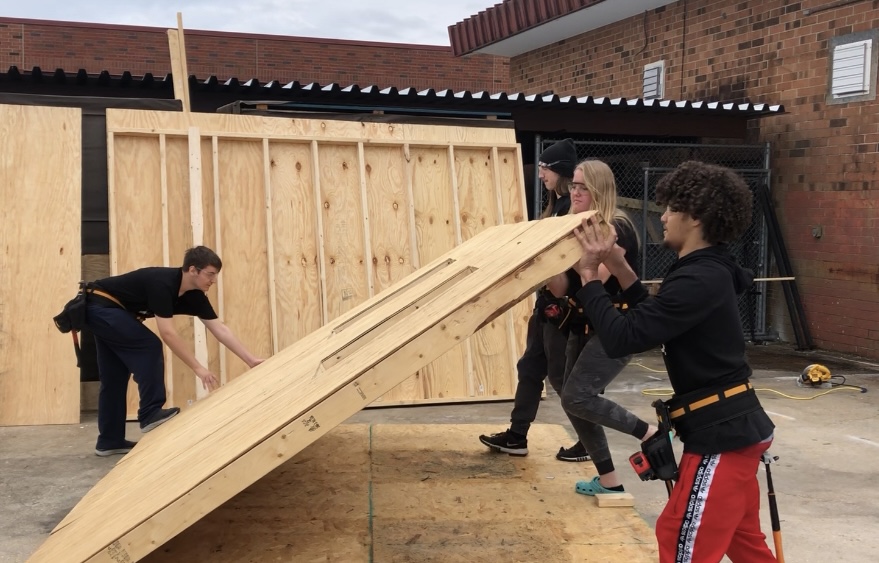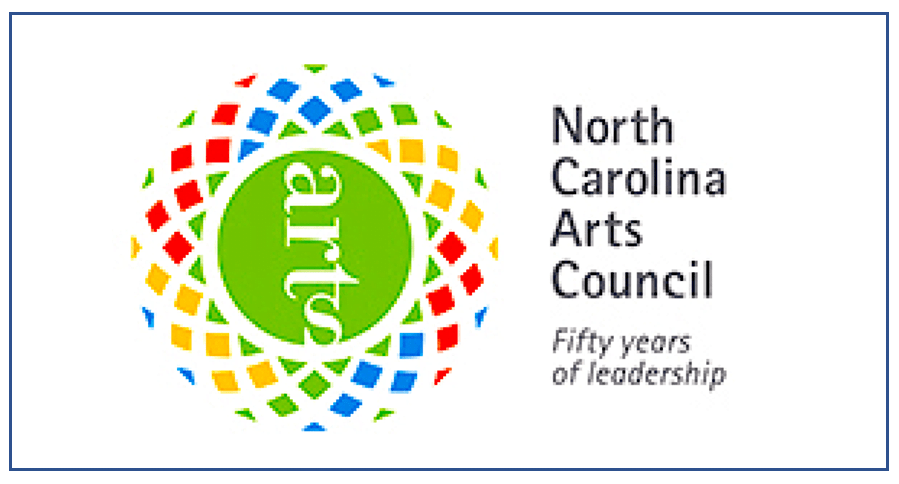
As AI technology increasingly becomes more known to the public, AI-powered algorithms gradually infiltrate the realm of artistic creation, and the traditional paintbrush may be at risk of becoming an endangered tool. Picture this, a future where every stroke of a paintbrush, pen, or pencil is replicated effortlessly and lifelessly by machines. AI art, while a marvel of innovation, raises a haunting question: Could the echo of artificial creativity drown out the unique voices of future artists? The danger lies not just in technological evolution but in the potential erosion of the very essence of human expression.
In a world where technological advancements constantly redefine our understanding of creativity, the allure of AI-generated art is undeniable. The New Yorker’s recent exploration in “Is AI Art Stealing From Artists” takes a closer look at the controversy surrounding AI art and its potential consequences for traditional artists. The article grapples with the question of whether AI art is pushing the boundaries of innovation or encroaching on the territory of human artists.
As the New Yorker examines the broader implications, the Independent spotlights a specific case that has ignited the debate. “Lensa: Magic Avatar,” an AI art creation, has drawn attention and criticism from the art community. The Independent’s report delves into the specifics of Lensa’s AI art, highlighting its impact on the traditional art scene and sparking conversations about the ethical dimensions of AI creativity.
The Guardian’s article, “It’s the Opposite of Art: Why Illustrators Are Furious About AI,” amplifies the discontent among traditional artists. Illustrators, in particular, voice their frustration with AI-generated art, arguing that it is the antithesis of true artistic expression. The Guardian’s piece serves as a lens into the emotions and perspectives of artists who feel threatened by the encroachment of AI into their domain.
The article quotes several illustrators who express concerns about the potential devaluation of human creativity in the face of AI. The emotional response from artists adds a human element to the story, portraying a community grappling with the impact of technology on their livelihoods and artistic identity.
The Sydney Morning Herald’s “What Does the Rise of AI Mean for the Future of Art?” provides a comprehensive view of the evolving relationship between AI and traditional artistic practices. The article acknowledges the potential for AI to reshape the future of art but raises critical questions about the implications for human creativity.
According to the Sydney Morning Herald, the rise of AI introduces a paradigm shift, challenging artists to redefine their roles in a technologically driven art landscape. The article explores whether AI-generated art is a threat or an opportunity for human artists to explore new realms of creativity.
Northeastern University’s research on “Art and AI” sheds light on the unintended consequences and potential risks associated with AI-generated art. The research highlights the presence of biases in AI algorithms, raising concerns about the ethical dimensions of AI creativity.
The study, which scrutinizes various AI art projects, emphasizes the need for careful consideration of the biases embedded in these algorithms. It introduces a nuanced perspective, urging stakeholders to acknowledge and address the unintended consequences of AI art, particularly in terms of cultural and societal impacts.
As AI art continues to blur the lines between technology and creativity, there is a growing call for regulation and oversight. The diverse perspectives presented in the sources converge to underscore the urgency of establishing guidelines for the ethical development and use of AI-generated art.
The Independent’s coverage of Lensa’s AI art case serves as a stark example of the potential risks that demand regulatory attention. Additionally, Northeastern University’s research findings provide a solid foundation for understanding the intricacies of AI art and the necessity of mitigating unintended consequences through thoughtful regulation.
In the midst of this evolving landscape where AI and art intersect, the story is not one of clear-cut answers but a complex tapestry of innovation, controversy, and potential risks. As the art world grapples with the implications of AI-generated art, it becomes clear that a balanced approach is needed—one that appreciates the benefits while addressing the ethical and creative concerns raised by traditional artists and experts alike. The dialogue surrounding AI art is far from over, and the future holds both promise and challenges as technology continues to reshape the canvas of creativity

